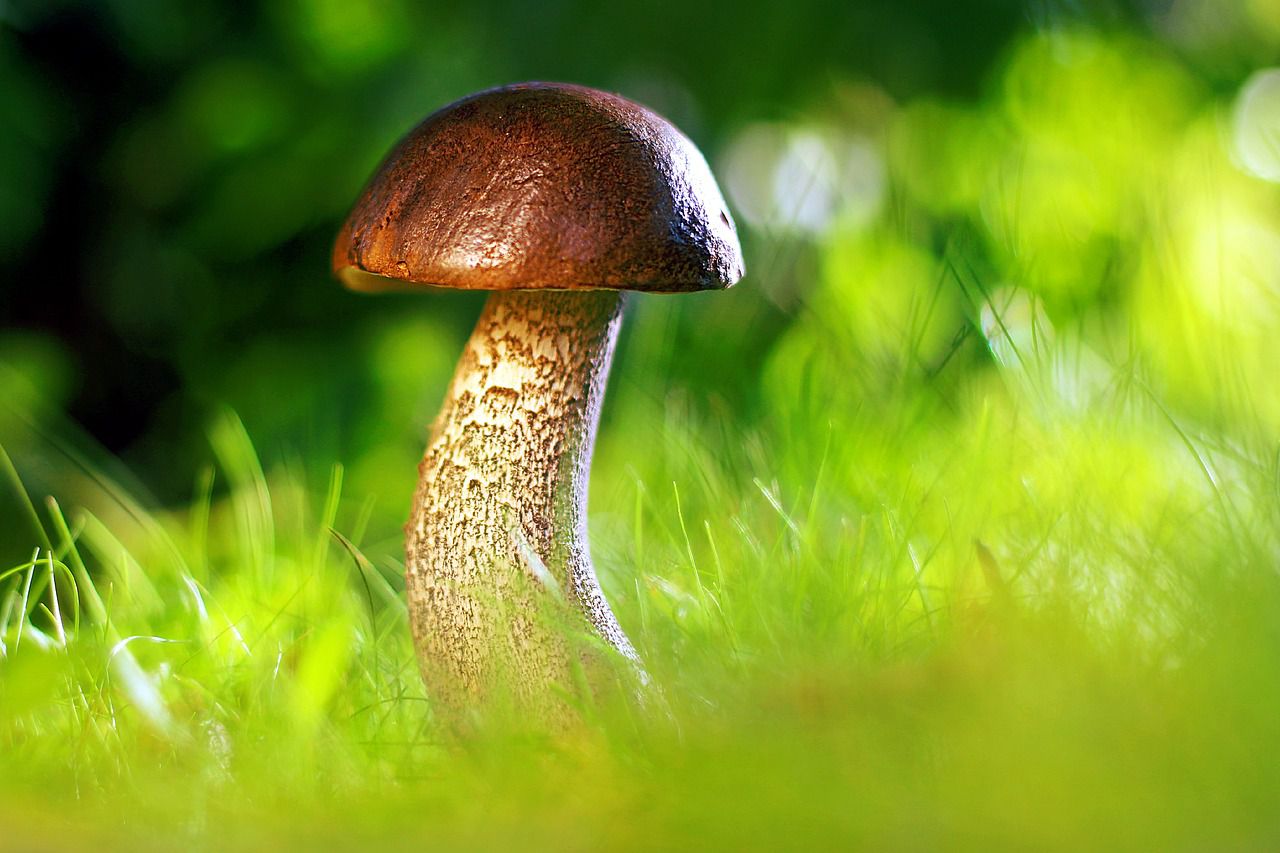How people discovered edible mushrooms: A long story of trials and errors
Nowadays, we know lots of mushroom varieties that are completely safe to eat.
The discovery of edible mushrooms likely occurred through a combination of curiosity, observation, trial and error, and cultural knowledge passed down through generations.
Here's a general overview of how people might have discovered edible mushrooms.
Curiosity and Observation
Early humans would have observed their natural environment closely, looking for sources of food.
They likely noticed various types of fungi, including mushrooms, growing in different places and conditions.

Learning from Animals
Humans might have observed animals eating certain mushrooms without adverse effects, which could have prompted them to investigate whether those mushrooms were safe for consumption.
Trial and Error
Experimentation would have played a role in discovering edible mushrooms.
People might have initially tested small amounts of mushrooms to see if they caused any negative reactions.
Over time, they would have learned which mushrooms were safe to eat and which were not.
Cultural Knowledge
As human societies evolved, knowledge about edible and toxic mushrooms would have been shared among members of the community.
Elders, experienced foragers, and tribal leaders likely passed down information about which mushrooms were safe to eat and how to prepare them.
Evolution of Culinary Traditions
As culinary traditions developed, people would have found ways to incorporate edible mushrooms into their diets.
Mushrooms might have been dried, cooked, pickled, or otherwise processed to make them more palatable and digestible.
